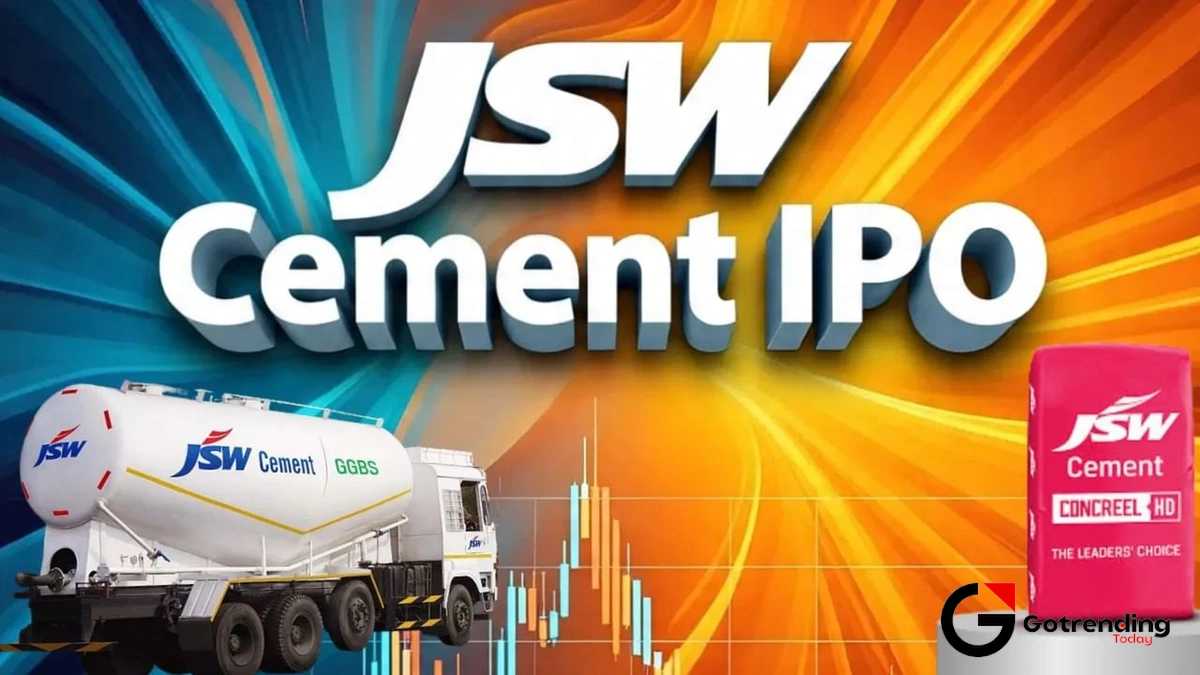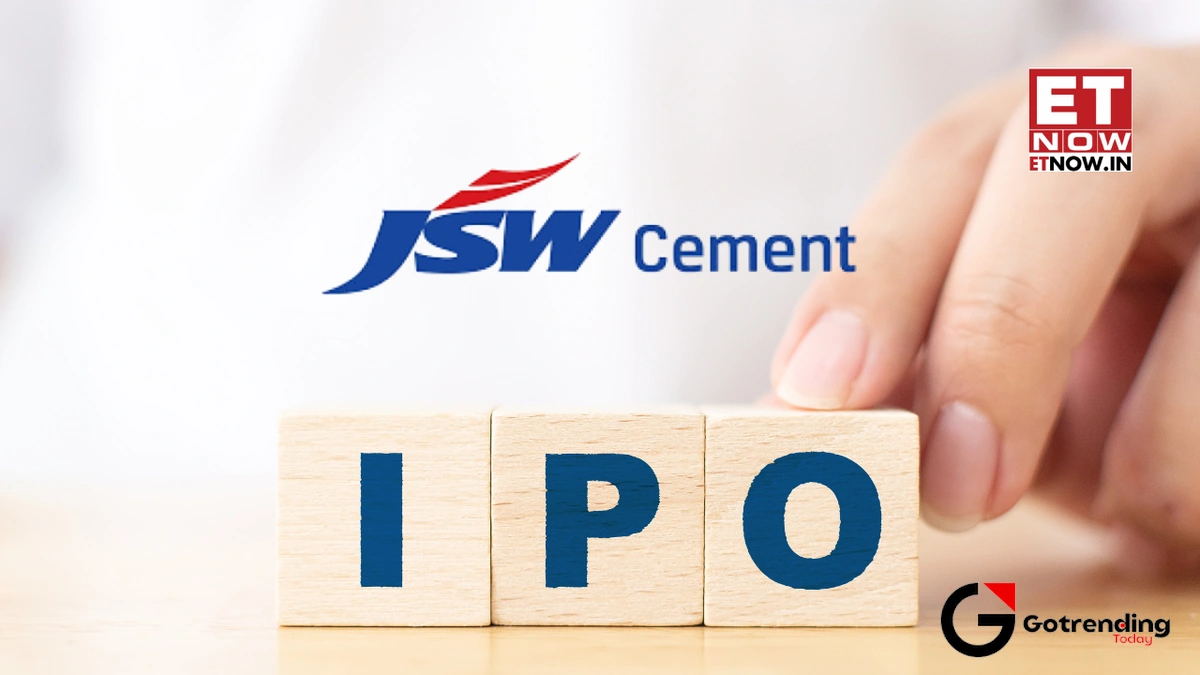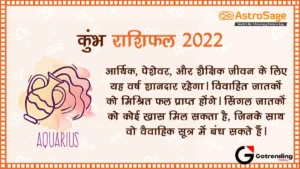JSW Cement IPO | More Than Just Numbers – Here’s the Real Story Behind the Buzz
Let’s grab a virtual coffee and talk about the stock market. For the past couple of years, the IPO market has been a wild ride, hasn’t it? We’ve seen flashy tech startups, digital-first companies, and a whole lot of buzzwords. It’s been exciting, but also… a bit frothy. Now, something different is on the horizon. Something solid. Literally.
I’m talking about the JSW Cement IPO . And if your first thought is just to ask about the subscription status or the Grey Market Premium (GMP), I want you to pause for a second. Because this IPO isn’t just another ticket in the lottery. It’s a bellwether. It’s a story about old-school industry meeting new-age ambition, and what it tells us about the Indian economy is far more interesting than just a potential listing day pop.
So, let’s go beyond the headlines. What’s the real story here? Why does this IPO matter, and what should you really be looking for when the jsw cement ipo subscription status finally goes live?
So, What’s the Real Buzz About the JSW Cement IPO?
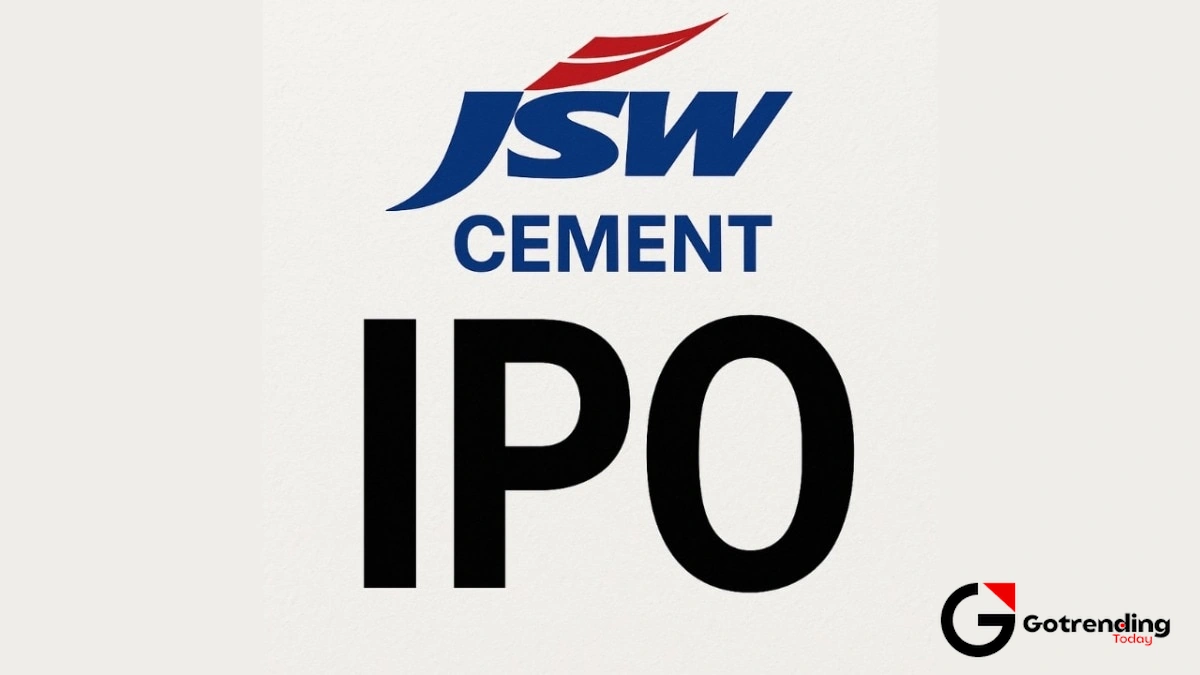
First things first: the name. JSW. In the world of Indian business, that name carries some serious weight. It’s not a 3-year-old startup run from a co-working space. This is the empire helmed by Sajjan Jindal , a name synonymous with steel, energy, and infrastructure – the very guts of a growing nation.
This isn’t their first rodeo. JSW Steel is a behemoth, a market leader. JSW Energy is a key player. When a group with this kind of track record decides to take another one of its core companies public, investors sit up and take notice. Why? Trust. Pedigree. A proven history of execution.
But here’s the thing that fascinates me: JSW Cement isn’t some dusty, old-world cement company. They’ve built their entire brand around “Green Cement,” focusing on using slag (a by-product from their steel manufacturing) to reduce their carbon footprint. In an era where ESG (Environmental, Social, and Governance) is becoming a massive factor for global investors, this is a clever, forward-thinking move. They are positioning themselves as the future-ready choice in a traditionally “dirty” industry.
So, the buzz isn’t just about a big company going public. It’s about a trusted industrial house, with a modern, green twist, tapping the market. That’s a powerful narrative.
Decoding the IPO | Why Now and What’s in it for Them (and You)?
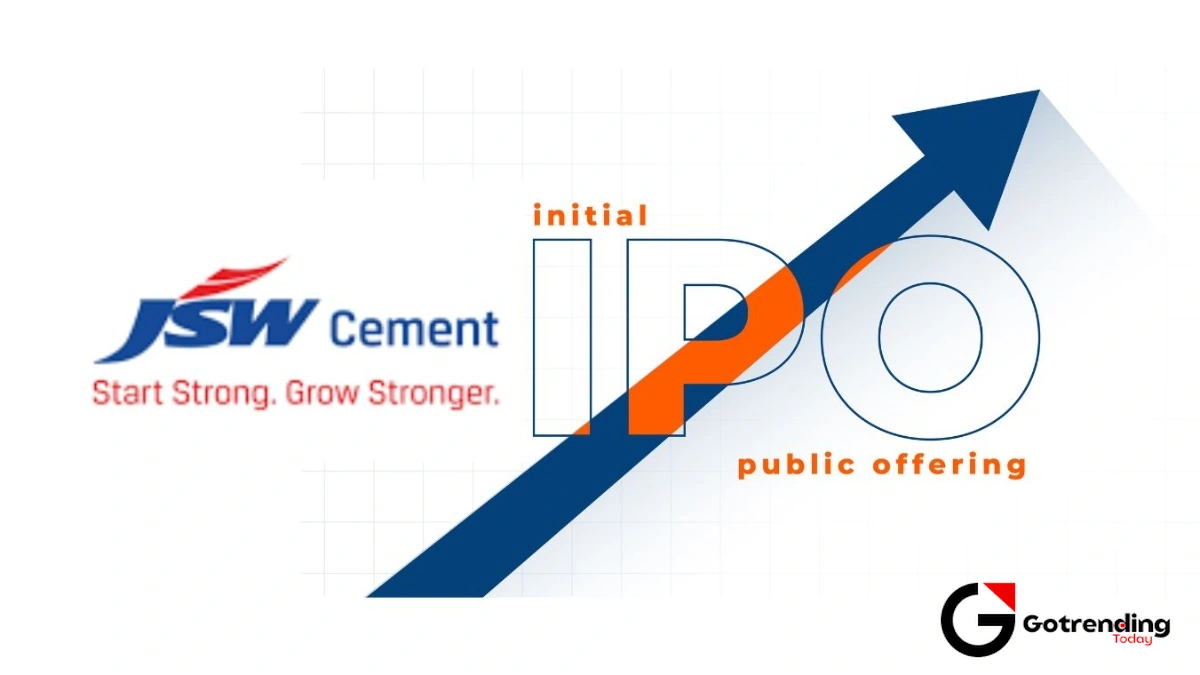
Every IPO is a story of raising money. The question is, for what? According to reports based on their Draft Red Herring Prospectus (DRHP) filing with SEBI , the JSW Cement IPO is expected to be a mix of a Fresh Issue and an Offer for Sale (OFS). Let me break that down in simple terms.
- Fresh Issue (The Growth Money): This is new money coming into the company. JSW Cement plans to use a significant chunk of this to pay down debt and, more importantly, to fund its expansion. They have aggressive plans to increase their production capacity from the current ~19 million tonnes per annum (MTPA) to a whopping 50 MTPA. This isn’t just maintenance; this is a full-throttle push for growth.
- Offer for Sale (The Promoter Payout): This is where existing shareholders, like the promoters (the Jindal family) and private equity investors, sell some of their stake. It’s a way for them to unlock some value from their long-term investment.
The reported IPO size is around ₹6,500 crore. Watching the final split between the Fresh Issue and OFS will be key. A larger Fresh Issue component signals that the primary goal is to fuel the company’s growth, which is generally a positive sign for new investors.
Why now? A couple of reasons. The Indian government is on a massive infrastructure spending spree new roads, ports, airports, housing. What’s the one thing all of that needs? Cement. Lots of it. JSW is timing its expansion to ride this massive wave of demand. Secondly, the stock market is buoyant, and there’s a strong appetite for good quality, core-economy stocks. It’s a case of striking while the iron (or in this case, the cement) is hot. Understanding this is as important as knowing about the Knowledge Realty Trust and its market position.
The All-Important Subscription Status | Your Market Mood Ring
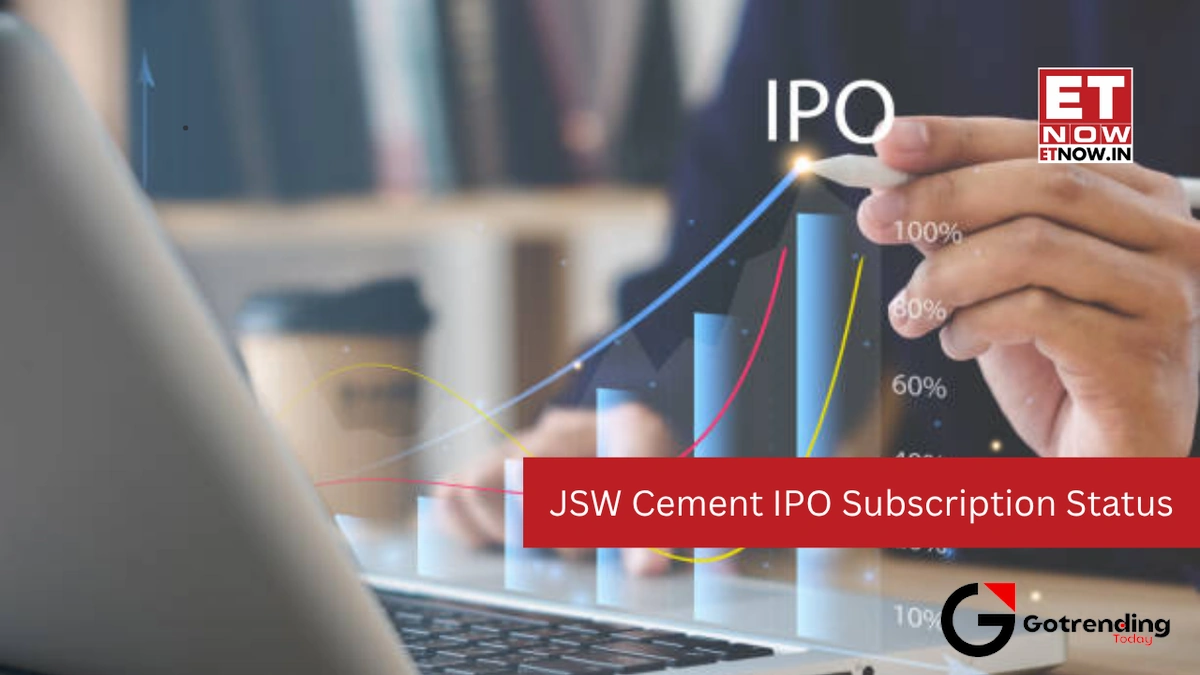
Okay, let’s get to the keyword: jsw cement ipo subscription status . When the IPO opens, you’ll see numbers flying around subscribed 2x, 10x, 50x. It’s easy to get caught up in the frenzy. But these numbers are more than just a score. They are a window into the market’s mind. Here’s how to read them like a pro:
- QIB (Qualified Institutional Buyers): This is the ‘smart money’—mutual funds, foreign portfolio investors, insurance companies. These guys have teams of analysts. If the QIB portion is heavily oversubscribed, it’s a massive vote of confidence. It means the big players have vetted the company and believe in its long-term story. This is the single most important indicator to watch.
- NII (Non-Institutional Investors) or HNI (High Net-worth Individuals): These are the big fish, the wealthy individuals applying for more than ₹2 lakh worth of shares. High subscription here shows strong bullish sentiment and an appetite for listing gains. It can also fuel the GMP.
- RII (Retail Individual Investors): This is us—the small investors. High subscription here shows widespread public interest and hype. While great, it can sometimes be driven more by sentiment and GMP than by deep analysis.
So, here’s the analyst’s take: Don’t just look at the overall subscription number. Look at the quality of the subscription. A JSW Cement IPO that is heavily oversubscribed by QIBs is a far more robust signal than one driven purely by retail and HNI frenzy. It tells you that the fundamental story is strong. When the subscription window opens, watch the QIB numbers on the last day. That’s your real-time report card on institutional trust.
Beyond the Hype | The Risks and Realities of the Cement Game
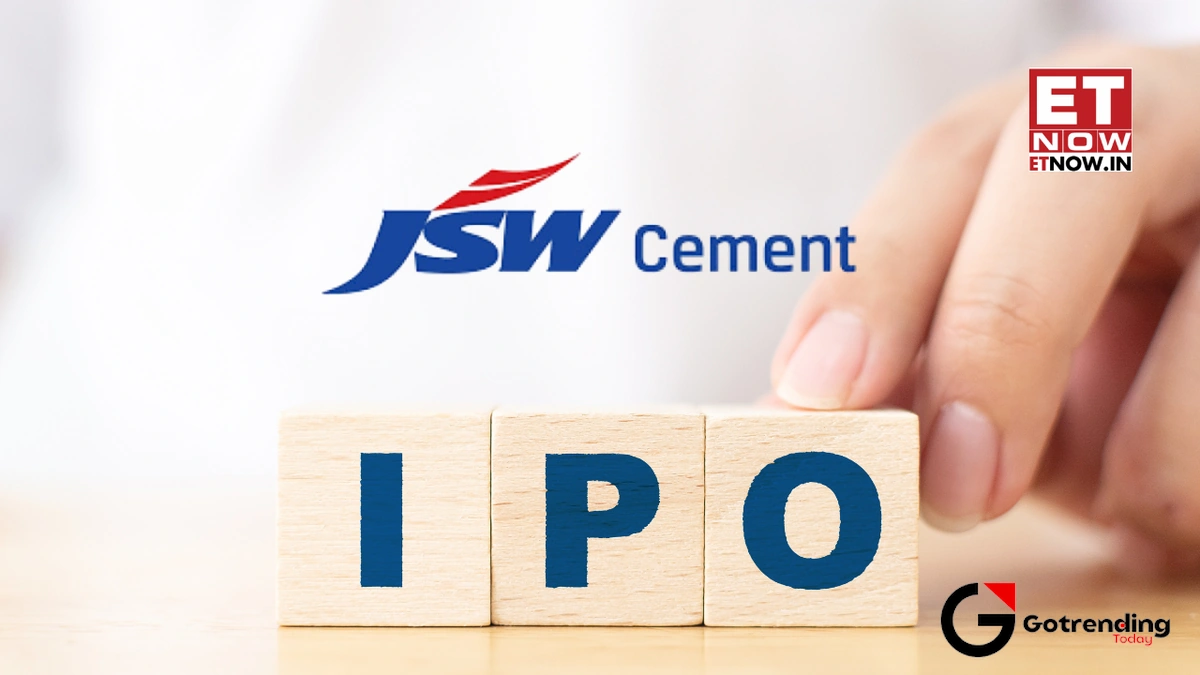
Let’s be honest, no investment is without risk. It’s crucial to have a balanced view. While the JSW story is compelling, the cement industry is a tough neighborhood.
For one, it’s a highly competitive space. You have the undisputed giant, UltraTech Cement, and now the Adani Group, which became the second-largest player overnight by acquiring Ambuja Cements and ACC. JSW has to fight tooth and nail for market share against these behemoths.
Secondly, cement is a cyclical and regional business. Its fortunes are tied to economic growth, monsoon cycles (which affect construction), and government policies. A slowdown in infrastructure spending or a real estate slump can directly impact profitability. Furthermore, energy costs (coal and pet coke) are a huge part of their expenses, making them vulnerable to global commodity price fluctuations.
Investing in JSW Cement IPO is a bet on their ability to navigate these challenges, execute their massive expansion plans efficiently, and maintain their “green” edge in a cut-throat market. It’s a good bet, given their pedigree, but it’s not a guaranteed winner. This requires a different level of analysis than, say, a review of a flight school like the Flysbs Aviation Academy Review .
Frequently Asked Questions (FAQs)
When is the JSW Cement IPO expected to launch?
While JSW Cement has filed its DRHP with SEBI in May 2024, the official jsw cement ipo date has not been announced yet. It typically takes a few weeks to a couple of months for SEBI approval, after which the company will announce the IPO dates. Keep an eye on major financial news outlets for the final schedule.
What is GMP and should I trust it?
GMP stands for Grey Market Premium. It’s an unofficial price at which IPO shares are traded before they are listed on the stock exchange. While the jsw cement ipo gmp can indicate demand, it’s highly speculative and unregulated. A high GMP can vanish on listing day. Use it as a sentiment indicator, but do not base your entire investment decision on it.
How will I know the final JSW Cement IPO subscription status?
The subscription status is updated daily during the IPO window (usually 3 days) on the websites of the BSE and NSE. You can find detailed, category-wise subscription data there. Many financial news portals also provide live updates.
What’s the difference between JSW Steel and JSW Cement?
Both are part of the JSW Group, but they are separate companies in different (though related) industries. JSW Steel is India’s largest single-location steel producer. JSW Cement is the group’s cement manufacturing arm, which cleverly uses slag, a by-product from steel manufacturing, to produce its cement.
Is investing in a cement IPO a good idea?
Investing in a cement IPO is a bet on the infrastructure and real estate growth of the country. If you believe in India’s long-term growth story, a well-managed cement company can be a good portfolio addition. However, it’s a cyclical industry, so it’s subject to economic ups and downs.
How can I apply for the IPO when it’s announced?
You can apply for the JSW Cement IPO through your stockbroker using the ASBA (Application Supported by Blocked Amount) facility via your net banking portal or your broker’s app/website. You will need a DEMAT account to apply.
Ultimately, the JSW Cement IPO is more than an opportunity for potential listing gains. It’s a referendum on India’s infrastructure story. It’s a test of whether a legacy industrial house can successfully sell its modern, green vision to the public. When you see the jsw cement ipo subscription status , don’t just see a number. See it as a signal, a vote of confidence (or caution) from the market’s sharpest minds. And that’s a story worth following.
